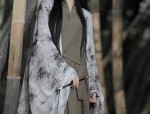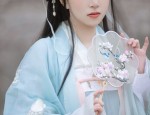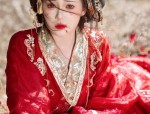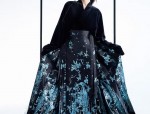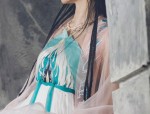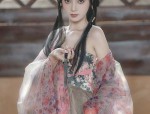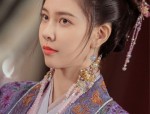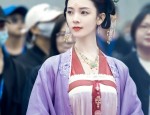Modernizing Ethnic Style Cheongsam:The Evolution of a Traditional Qipao into a Fashionable Dress
In the realm of Chinese Traditional clothing, the qipao, or cheongsam as it is commonly known, has always held a special place. This traditional garment, with its intricate designs and cultural significance, has undergone numerous transformations throughout history to adapt to changing fashion trends and societal norms. Today, as we witness a revival of interest in traditional clothing, the qipao has experienced a renaissance of sorts, with designers taking the traditional cheongsam and transforming it into modern wearables that are both fashionable and functional.
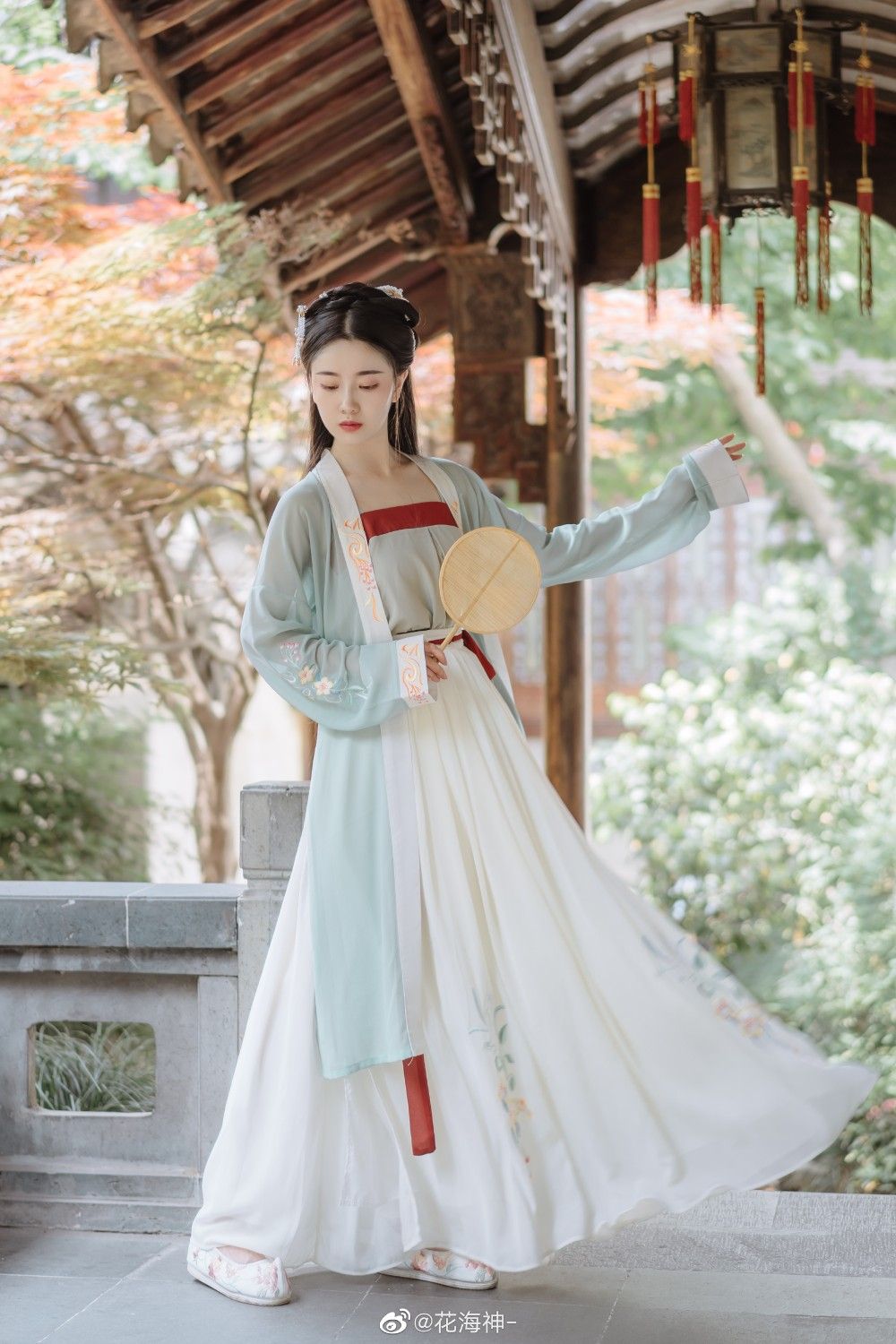
The traditional qipao, originating in the Manchu era, was initially designed to show respect to elders and the divine. It featured a tight-fitting bodice, a loose skirt, and intricate embroidery that reflected the wearer’s status and culture. However, as time progressed and fashion trends changed, the qipao underwent several transformations to adapt to new styles and societal norms. From the 1920s to the 1950s, qipaos became more streamlined and less conservative, with designers incorporating Western fashion elements like shoulder pads and waistlines.
Today, designers are taking the traditional qipao and reimagining it in a modern context. The modern cheongsam-inspired dress combines traditional elements with contemporary fashion trends to create a garment that is both traditional and modern. This modernized cheongsam often features a more fitted silhouette, updated with contemporary cuts and styles. The material used is often lightweight and breathable, making it comfortable to wear for longer periods of time.
One of the most significant changes in the modern cheongsam is the use of different materials and patterns. While traditional qipaos often featured intricate embroidery and rich colors, modern designs often use simpler patterns and modern materials like silk, cotton, or synthetic blends. These materials provide a more contemporary look and feel, while still retaining the essence of the traditional qipao.
Another notable change is the addition of modern features like zippers and spaghettini straps. These features not only make the dress more practical but also add a modern touch to the traditional design. Designers are also experimenting with different necklines and waistlines to create a more contemporary silhouette that flatters the wearer’s figure.
The modern cheongsam is not just about changing fashion trends; it also reflects a deep respect for traditional culture. By incorporating traditional elements like intricate patterns and cultural symbols, designers are able to pay homage to their cultural roots while creating a garment that is both fashionable and wearable in today’s world.
The revival of interest in traditional clothing has also led to a surge in demand for customized cheongsam designs. Many customers now opt for customized designs that reflect their personal style and preferences while still retaining the essence of traditional Chinese culture. This trend has opened up new avenues for designers to experiment and create unique designs that cater to a wide range of tastes and preferences.
In conclusion, the modern cheongsam is a testament to the adaptability of traditional culture. By combining traditional elements with contemporary fashion trends and features, designers are able to create a garment that is both fashionable and functional. The modern cheongsam not only pays homage to traditional culture but also reflects a deep respect for individual style and preferences. As we move forward in time, we can expect to see more innovative designs that continue to evolve the traditional qipao into a modern wearable that will stand the test of time.

 Previous Post
Previous Post

